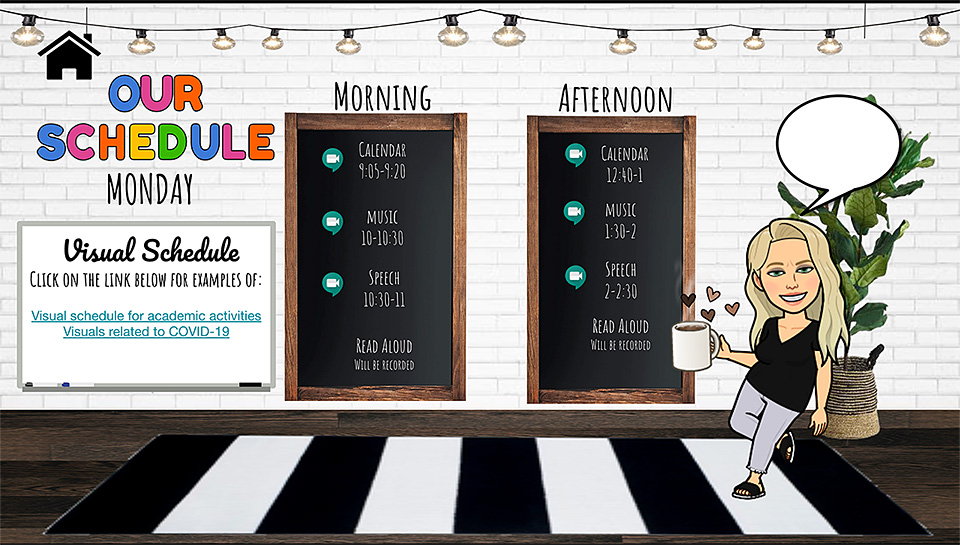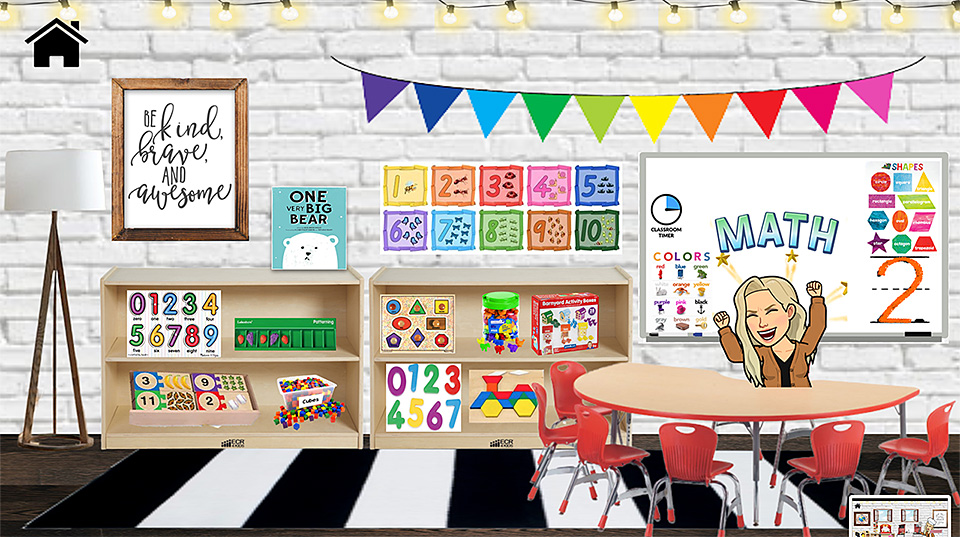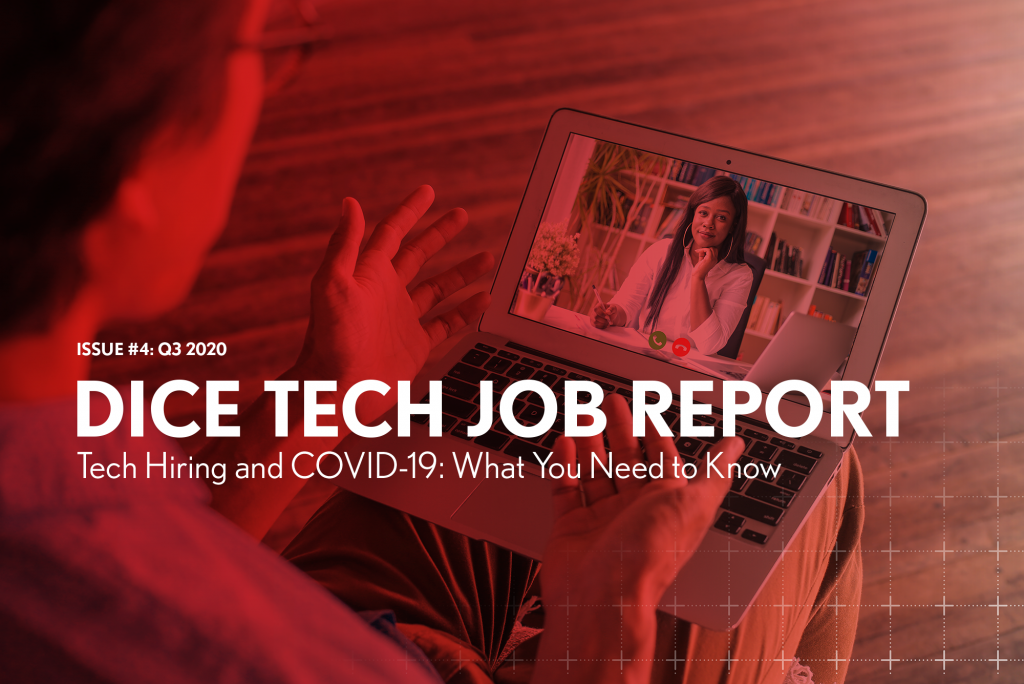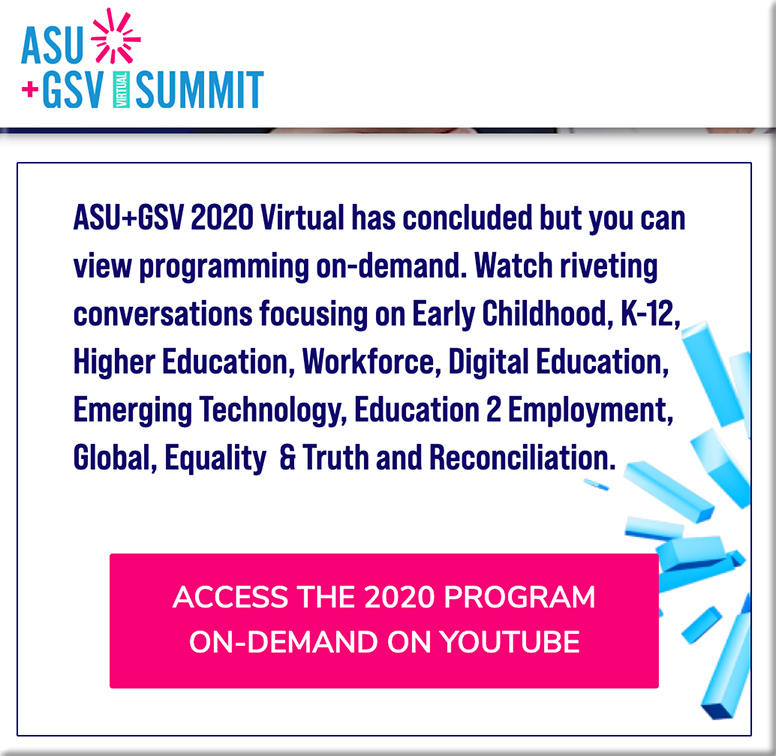From DSC:
As we move into 2021, the blistering pace of emerging technologies will likely continue. Technologies such as:
- Artificial Intelligence (AI) — including technologies related to voice recognition
- Blockchain
- Augment Reality (AR)/Mixed Reality (MR)/Virtual Reality (VR) and/or other forms of Extended Reality (XR)
- Robotics
- Machine-to-Machine Communications (M2M) / The Internet of Things (IoT)
- Drones
- …and other things will likely make their way into how we do many things (for better or for worse).
Along the positive lines of this topic, I’ve been reflecting upon how we might be able to use AI in our learning experiences.
For example, when teaching in face-to-face-based classrooms — and when a lecture recording app like Panopto is being used — could teachers/professors/trainers audibly “insert” main points along the way? Similar to something like we do with Siri, Alexa, and other personal assistants (“Heh Siri, _____ or “Alexa, _____).

(Image purchased from iStockphoto)
.
Pretend a lecture, lesson, or a training session is moving right along. Then the professor, teacher, or trainer says:
- “Heh Smart Classroom, Begin Main Point.”
- Then speaks one of the main points.
- Then says, “Heh Smart Classroom, End Main Point.”
Like a verbal version of an HTML tag.
After the recording is done, the AI could locate and call out those “main points” — and create a table of contents for that lecture, lesson, training session, or presentation.
(Alternatively, one could insert a chime/bell/some other sound that the AI scans through later to build the table of contents.)
In the digital realm — say when recording something via Zoom, Cisco Webex, Teams, or another application — the same thing could apply.
Wouldn’t this be great for quickly scanning podcasts for the main points? Or for quickly scanning presentations and webinars for the main points?
Anyway, interesting times lie ahead!
From DSC:
Our oldest daughter showed me a “Bitmoji Classroom” that her mentor teacher — Emily Clay — uses as her virtual classroom. Below are some snapshots of the Google Slides that Emily developed based on the work of:
- Kayla Young (@bitmoji.kayla)
- MaryBeth Thomas
- Ms. Smith
- Karen Koch
- The First Grade Creative — by C. Verddugo
My hats off to all of these folks whose work laid the foundations for this creative, fun, engaging, easy-to-follow virtual classroom for a special education preschool classroom — complete with ties to videoconferencing functionalities from Zoom. Emily’s students could click on items all over the place — they could explore, pursue their interests/curiosities/passions. So the snapshots below don’t offer the great interactivity that the real deal does.
Nice work Emily & Company! I like how you provided more choice, more control to your students — while keeping them engaged!


From DSC:
I also like the idea of presenting this type of slide (immediately below, and students’ names have been blurred for privacy’s sake) prior to entering a videoconferencing session where you are going to break out the students into groups. Perhaps that didn’t happen in Emily’s class…I’m not sure, but in other settings, it would make sense to share one’s screen right before sending the students to those breakout rooms and show them that type of slide (to let them know who will be in their particular breakout group).
The students in the different breakout sessions could then collaboratively work on Google Docs, Sheets, or Slides and you could watch their progress in real-time!





Also see:
- Educators Turn to Bitmoji to Build Community and Engagement — from edutopia.org by Emelina Minero
Both fun and practical, Bitmoji classrooms are adding some levity to fall planning this year.
The Dice Q3 Tech Job Report: Tech Hiring and COVID-19: What You Need to Know — from techhub.dice.com
The report, issued quarterly by Dice, provides
From DSC:
One can quickly see how valuable this information would be as a data feed into an AI-based, next-generation learning platform.
The platform would connect the marketable skills with the courses, websites, blogs, RSS feeds/streams of content, etc. that would help a learner quickly and affordably build such in-demand skills. Given the shortening half-lives of many kinds of information, such a service is needed desperately…especially now with the impact of the Coronavirus.



Also relevant: See how ISTE built its upcoming virtual event!
Temperament-Inclusive Pedagogy: Helping Introverted and Extraverted Students Thrive in a Changing Educational Landscape — from onlinelearningconsortium.org by Mary R. Fry
Excerpt (emphasis DSC):
So how do we take these different approaches to learning into account and foster a classroom environment that is more inclusive of the needs of both extraverts and introverts? Let’s first distinguish between how extraverts and introverts most prefer to learn, and then discuss ways to meet the needs of both. Extraverts tend to learn through active and social engagement with the material (group work, interactive learning experiences, performing and discussing). Verbalizing typically helps extraverts to think through their ideas and to foster new ones. They often think quickly on their feet and welcome working in large groups. It can be challenging for extraverts to generate ideas in isolation (talking through ideas is often needed) and thus working on solitary projects and writing can be challenging.
In contrast, introverts thrive with solitary/independent work and typically need this time to sort through what they are learning before they can formulate their thoughts and articulate their perspectives. Introverted learners often dislike group work (or at least the group sizes and structures that are often used in the classroom (more on this in a moment)) and find their voice drowned out in synchronous discussions as they don’t typically think as fast as their extroverted counterparts and don’t often speak until they feel they have something carefully thought out to share. Introverted learners are often quite content, and can remain attentive, through longer lectures and presentations and prefer engaging with the material in a more interactive way only after a pause or break.
From DSC:
Could/would a next-generation learning platform that has some Artificial Intelligence (AI) features baked into it — working in conjunction with a cloud-based learner profile — be of assistance here?
That is, maybe a learner could self-select the type of learning that they are: introverted or extroverted. Or perhaps they could use a sliding scaled to mix learning activities up to a certain degree. Or perhaps if one wasn’t sure of their preferences, they could ask the AI-backed system to scan for how much time they spent doing learning activities X, Y, and Z versus learning activities A, B, and C…then AI could offer up activities that meet a learner’s preferences.
(By the way, I love the idea of the “think-ink-pair-share” — to address both extroverted and introverted learners. This can be done digitally/virtually as well as in a face-to-face setting.)
All of this would further assist in helping build an enjoyment of learning. And wouldn’t that be nice? Now that we all need to learn for 40, 50, 60, 70, or even 80 years of our lives?
Lincoln Financial CIO: How to build a learning culture – even in a pandemic — from enterprisersproject.com by Ken Solon
Lincoln Financial CIO Ken Solon shares how he’s bringing a virtual perspective to his longtime commitment to prioritizing the people behind the technology
Excerpt (emphasis DSC):
In the spirit of test-and-learn, we created “Lean In and Learn IT,” an interactive digital program that provides a deep dive into one key IT strategy each month. Topics include digital and architecture, agile and DevOps, cloud, big data, and cybersecurity.
Based in our virtual collaboration platform, each topic features a kick-off video followed by a drip of content and interaction, including snackable articles, video clips, quizzes, and prizes to keep the team engaged. The month wraps up with a webcast focused on a key business application of the strategy, featuring subject matter experts both from within the IT organization and our business partners.
The involvement of partners is key, as our surveys tell us that few things motivate our teams as effectively as seeing the impact of their work.
From DSC:
Love their use of “streams of content.”

The State of AI in Higher Education — from campustechnology.com by Dian Schaffhauser
Both industry and higher ed experts see opportunities and risk, hype and reality with AI for teaching and learning.
Excerpts:
Kurt VanLehn, the chair for effective education in STEM in the School of Computing, Informatics and Decision Systems Engineering at Arizona State University, knows how challenging it can be people to come up with examples of effective AI in education. Why? “Because learning is complicated.”
…
Nuno Fernandes, president and CEO of Ilumno, an ed tech company in Latin America, isn’t ready to count adaptive learning out yet, if only because adaptivity has worked in other industries, such as social platforms like Netflix and Amazon, to identify what could work best for the user, based on previous activities and preferred formats of curriculum.
As Ilumno’s Fernandes asserted, AI won’t “substitute for faculty in any of our lifetimes. What it will do is give us tools to work better and to complement what is being done by humans.”
From DSC:
The article is a very balanced one. On one hand, it urges caution and points out that learning is messy and complex. On the other hand, it points out some beneficial applications of AI that already exist in language learning and in matching alumni with students for mentorship-related reasons.
From my perspective, I think AI-based systems will be used to help us scan job descriptions to see what the marketplace needs and is calling for. Such a system would be a major step forward in at least pointing out the existing hiring trends, needed skillsets, job openings, and more — and to do so in REAL-TIME!
Colleges, universities, and alternatives to traditional higher education could use this information to be far more responsive to the needs of the workplace. Then, such systems could match what the workplace needs with courses, microlearning-based feeds, apprenticeships, and other sources of learning that would help people learn those in-demand skills.
That in and of itself is HUGE. Again, HUGE. Given the need for people to reinvent themselves — and to do so quickly and affordably — that is incredibly beneficial.
Also, I do think there will be cloud-based learner profiles…data that each of us control and say who has access to it. Credentials will be stored there, for example. AI-based systems can scan such profiles and our desired career goals and suggest possible matches.
We can change our career goals. We don’t have to be locked into a particular track or tracks. We can reinvent ourselves. In fact, many of us will have to.
DC: Note to self (while watching a creative master at Adobe Max tonight) pic.twitter.com/6nlCcuZpto
— Daniel Christian (he/him) (@dchristian5) October 22, 2020
Per “Instructure Launches Canvas Certified Educator Program” out at The Journal by Dian Schaffhauser:
Each course is expected to take about four weeks to finish. They include:
- Core 1: Foundational frameworks, which explores the impact of technology on student learning and the classroom and how Canvas can be used to help educators boost student achievement, motivation and engagement;
- Core 2: Engagement strategies, to examine how Canvas can help enrich teaching practices and maximize student achievement;
- Core 3: Personalized learning, to dive into personalized learning and learn how to create opportunities for student voice and choice within the learning environment;
- Core 4: Transformational practices, to help participants learn how to evaluate open standard digital learning tools that can enhance learning through Canvas; and
- Electives, described as a series of optional courses that can be selected by educators based on interests and needs.
Creating a split-screen music video – The Dos and Don’ts — from global-edtech.com by Levent Erdogan
Levent Erdogan shares his experience producing split-screen music videos.
Legalweek Announces a New Virtual Experience for 2021 named Legalweek(year) — from prnewswire.com
Legalweek originally to be held in-person on February 1-4 will now be a series of 5 interactive virtual events held throughout the year to guide legal leaders through the new legal landscape.
Excerpt:
NEW YORK, Oct. 1, 2020 /PRNewswire/ — Beginning on February 2-4, 2021, Legalweek(year) will bring together thousands of legal professionals for a series of 5 innovative virtual legal events that tackle the changing legal landscape and provide actionable insights to help legal leaders restructure, rebuild and reinvigorate today’s law firms and legal departments. The Legalweek(year) virtual series aims to serve as the anchor for the legal community during an unprecedented time, as well as a guide throughout the coming year to inform legal professionals of emerging trends, cutting edge legal technology and expert analysis of the tectonic shifts in the industry.
So what is the book about? — from donaldclarkplanb.blogspot.com by Donald Clark; which discusses his book entitled, Artificial Intelligence for Learning: How to use AI to Support Employee Development

Excerpt:
AI changes everything. It changes how we work, shop, travel, entertain ourselves, socialize, deal with finance and healthcare. When online, AI mediates almost everything – Google, Google Scholar, YouTube, Facebook, Twitter, Instagram, TikTok, Amazon, Netflix. It would be bizarre to imagine that AI will have no role to play in learning – it already has.
Both informally and formally, AI is now embedded in many of the tools real learners use for online learning – we search for knowledge using AI (Google, Google Scholar), we search for practical knowledge using AI (YouTube), Duolingo for languages, and CPD is becoming common on social media, almost all mediated by AI. It is everywhere, just largely invisible. This book is partly about the role of AI in informal learning but it is largely about its existing and potential role in formal learning – in schools, Universities and the workplace. AI changes the world, so it changes why we learn, what we learn and how we learn.
Also see:
- Abandon lectures: increase attendance, attitudes and attainment — from donaldclarkplanb.blogspot.com by Donald Clark
Excerpt:
The groups were taught a module in a physics course, in three one hour sessions in one week. In short; attendance increased, measured attitudes were better (students enjoyed the experience (90%) and thought that the whole course would be better if taught this way (77%)). More importantly students in the experimental group outperformed the control group, doing more than twice as well in assessment than the control group.
Ex-Google CEO Eric Schmidt is working to launch a university that would rival Stanford and MIT and funnel tech workers into government work — from businessinsider.com by Katie Canales
Excerpts:
- Former Google CEO Eric Schmidt is leading a federal initiative to launch a university that would train a new generation of tech workers for the government, according to a OneZero report.
- The school, named the US Digital Service Academy, looks to rival Stanford and MIT, two established tech talent pools.
- The National Security Commission on Artificial Intelligence — an organization created to push the US ahead in the race for artificial intelligence — voted unanimously in a meeting Monday to recommend the university to Congress.
- Schmidt left his role as a technical adviser at Google in February amid his increased involvement in affairs pertaining to military technology.














